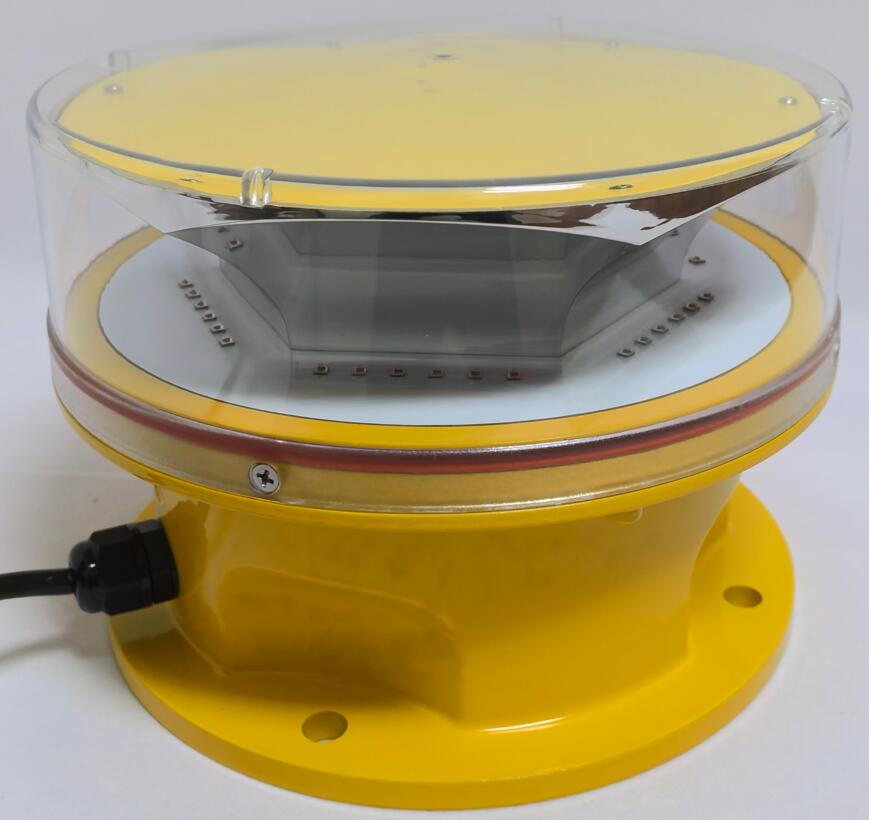Enhancing Safety with Aviation Lights for Tower Cranes
Tower cranes are essential in construction, but their height poses risks to low-flying aircraft. To mitigate this, aviation lights for tower cranes are mandatory in many regions. These lights ensure visibility, preventing collisions and enhancing worksite safety. This article explores their importance, types, regulations, and best practices for installation.
Why Aviation Lights Are Crucial for Tower Cranes
Tower cranes often extend hundreds of feet into the air, creating hazards for helicopters and small aircraft. Aviation lights for tower cranes serve as visual markers, especially in low-light conditions. Key benefits include:
Collision Prevention: Bright, flashing lights alert pilots to crane locations.

Regulatory Compliance: Many countries mandate aviation lights on tall structures.
24/7 Visibility: Ensures safety during night operations and poor weather.
Types of Aviation Lights for Tower Cranes
Different lighting systems are used depending on crane height and location:
1. Red Obstruction Lights
Used for cranes below 150 meters.
Steady or flashing red lights for nighttime visibility.
| aviation light for tower crane |
2. White Strobe Lights
For cranes exceeding 150 meters.
High-intensity flashes visible from long distances.
3. Dual Lighting Systems
Combine red and white lights for maximum visibility.
Required in some jurisdictions for very tall cranes.
Regulations and Standards
Compliance with aviation safety regulations is critical. Key standards include:
ICAO (International Civil Aviation Organization): Recommends lighting for structures over 45 meters.
FAA (Federal Aviation Administration): Requires red lights for structures between 60-150 meters and white strobes for taller ones.
Local Building Codes: Some regions have stricter requirements.
Failure to comply can lead to fines, project delays, or even accidents.
Best Practices for Installing Aviation Lights
Proper installation ensures optimal performance:
Placement: Lights should be mounted at the highest point and mid-sections if required.
Power Supply: Use reliable energy sources, such as solar panels or backup batteries.
Maintenance: Regular checks prevent failures due to weather or wear.
Automatic Controls: Light sensors can activate lights at dusk for efficiency.
Innovations in Aviation Lighting for Cranes
Technological advancements are improving crane lighting:
LED Lights: Energy-efficient and long-lasting.
Smart Monitoring: Remote diagnostics alert crews to malfunctions.
| aviation light for tower cranes |
Solar-Powered Systems: Reduce dependency on grid electricity.
Aviation lights for tower cranes are non-negotiable for safety and compliance. By choosing the right lighting system, adhering to regulations, and maintaining proper installation, construction companies can prevent accidents and ensure smooth operations. As technology evolves, smarter and more efficient lighting solutions will further enhance aviation safety around cranes.
Investing in high-quality aviation lights for tower cranes is not just a legal obligation—it’s a commitment to protecting lives and infrastructure.
